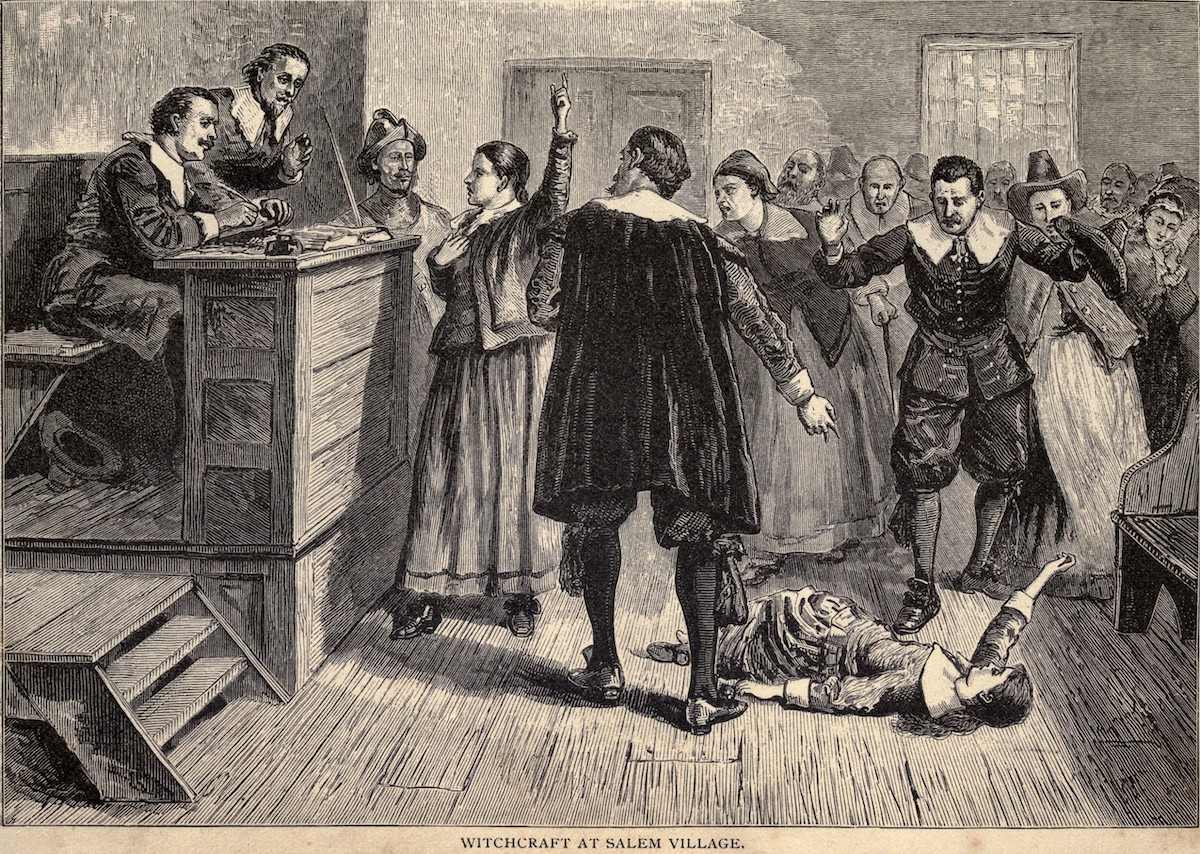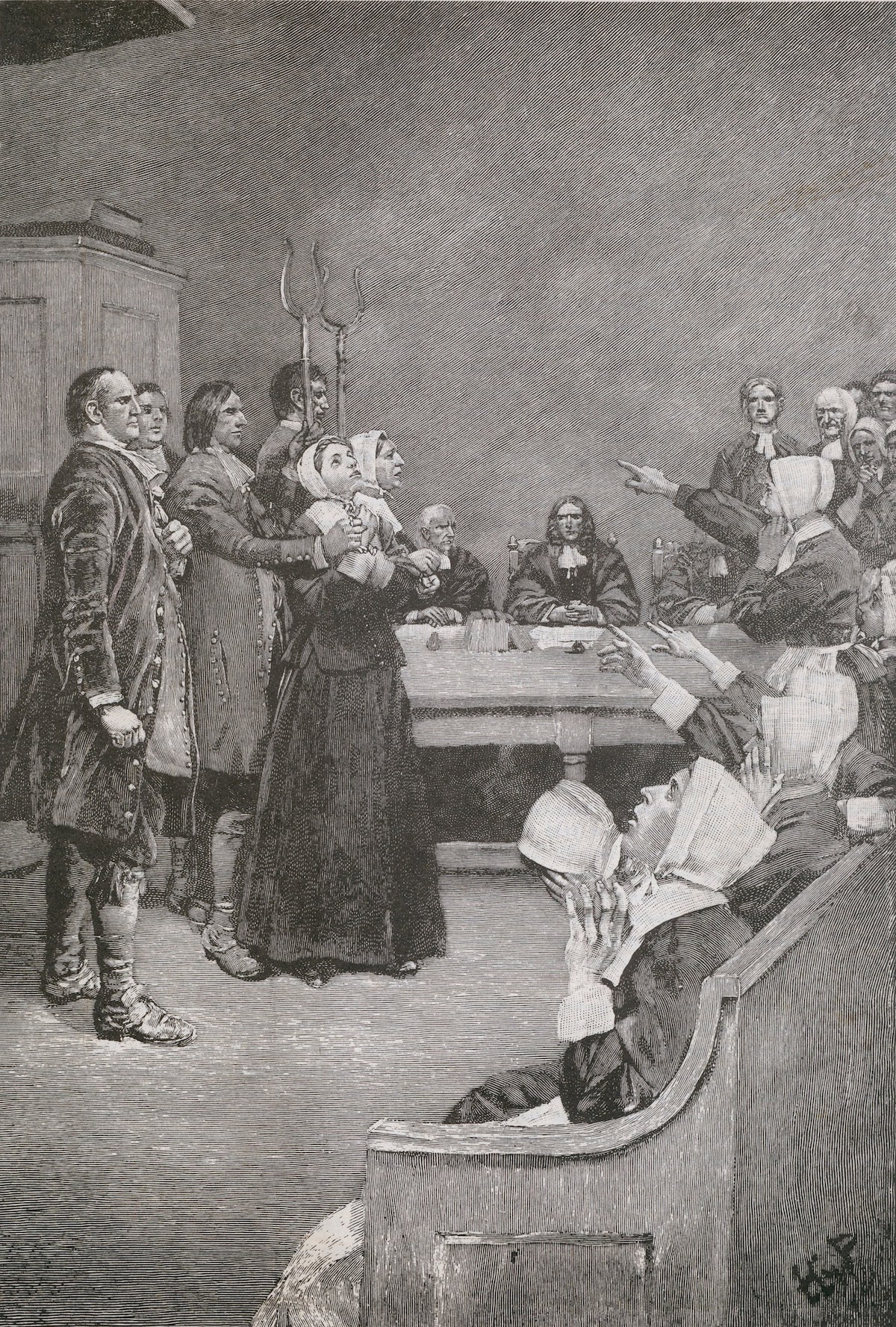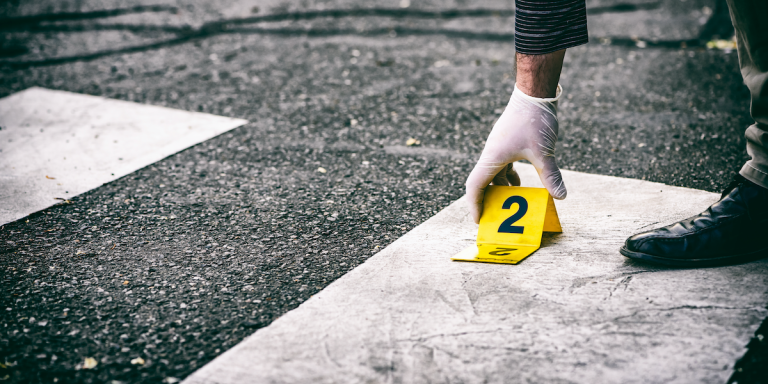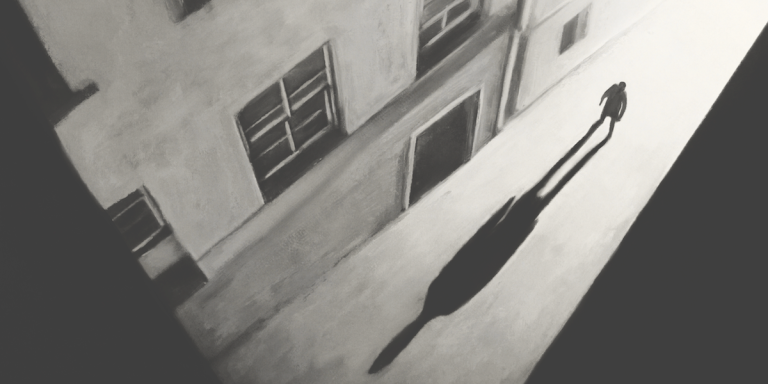The History Of Halloween
 Halloween all goes back over 2,000 years ago to Samhain, an ancient Celtic festival in which people would light fires and dress in costumes made of animal skins. Samhain marked the end of the harvest and the beginning of the new year. It was thought that this was the time of year where the veil between the living and the dead was at its thinnest. Costumes and fires were meant to ward off ghosts. It was also thought that people could communicate with the dead during this time.
Halloween all goes back over 2,000 years ago to Samhain, an ancient Celtic festival in which people would light fires and dress in costumes made of animal skins. Samhain marked the end of the harvest and the beginning of the new year. It was thought that this was the time of year where the veil between the living and the dead was at its thinnest. Costumes and fires were meant to ward off ghosts. It was also thought that people could communicate with the dead during this time.
As Catholicism spread in Europe, pagan traditions like Samhain were frowned upon, and so the church attempted to merge Samhain traditions with church-sanctioned holidays: All Saints Day and All Souls Day. All Saints Day (or Hallowmas) was a feast day on November 1 that was created to honor Christian martyrs. All Souls Day was celebrated on November 2. It served as a time for the living to pray for the souls of the dead. Similar to Samhain, All Souls Day was a day in which people could dress up in costumes, light fires, and participate in parades honoring the dead. The day before Hallowmas was referred to as “All Hallows Eve.”
 Halloween history moves to American soil with the help of Irish immigrants who came to America during the potato famine of the 1840s. With the Irish came their holiday customs, such as bobbing for apples and wearing masks while playing tricks on neighbors. That brings us to the beloved Halloween tradition of trick-or-treating, which historically was not the innocent children’s activity that it is today. When people said “Trick-or-Treat,” they really meant that you had to give them a bribe—usually in the form of candy or money—or they would vandalize your property. Then the 1950s rolled around, and due in no small part to the large numbers of children because of the baby boom, there was a push to make Halloween less about scary stuff and tricks and more about family fun times. Halloween in many ways became a holiday most celebrated by children, especially trick-or-treating.
Halloween history moves to American soil with the help of Irish immigrants who came to America during the potato famine of the 1840s. With the Irish came their holiday customs, such as bobbing for apples and wearing masks while playing tricks on neighbors. That brings us to the beloved Halloween tradition of trick-or-treating, which historically was not the innocent children’s activity that it is today. When people said “Trick-or-Treat,” they really meant that you had to give them a bribe—usually in the form of candy or money—or they would vandalize your property. Then the 1950s rolled around, and due in no small part to the large numbers of children because of the baby boom, there was a push to make Halloween less about scary stuff and tricks and more about family fun times. Halloween in many ways became a holiday most celebrated by children, especially trick-or-treating.
Another Halloween tradition that was invented to keep people occupied and out of mischief? Haunted houses. When Halloween pranks started to escalate to vandalism, property damage, and harassment, it was thought that haunted houses would be a nice activity to keep youths entertained. Haunted houses didn’t start off in the intensely elaborate style we see today during the Halloween season. Parents would just create haunted attractions in their basements, and children would go from house to house not only trick-or-treating but also checking out spooky things in other people’s basements.
Pumpkin-carving is another part of Halloween history that comes from the Irish. It’s thought that the term “Jack-o’-Lantern” comes from “Stingy Jack,” an old Irish folktale, where Jack invited the devil to have a drink with him, but because Jack was so stingy, he tried to get the devil to pay for the drinks. As punishment for playing the devil for a fool, Jack was not allowed to enter the afterlife after he passed away. Instead, Jack had to wander the Earth in the dead of night for the rest of eternity, with only a lantern made of a single coal in a hollowed-out turnip to guide him. This is how he got the name “Jack-o’-Lantern.” In response to the folktale, the Irish began carving out turnips and putting lights inside of them to ward off Jack’s spirit. Later, after the Irish immigrated to America, they started carving pumpkins instead of turnips.
There are some other Halloween traditions, however, that have not withstood the test of time. Because Halloween was traditionally a day in which people could easily communicate with the dead, it was also thought that you could glean information about your future by communicating with souls that had passed on to the other sides.
In the 1700s and 1800s, women used to perform rituals to find out information about their future husbands. For instance, they would throw apples over their shoulders in the hopes that they would spell out their husband’s initials. Or they would throw hazelnuts in the fire to see which one would turn to ash, and that one represented their future husband. Some women would stand in front of a mirror in a candlelit room, in the hopes of seeing their husband’s reflection staring back at them in the candlelight.
Halloween history is still evolving, and as you can see, many American traditions involving the holiday are still fairly new. As the world changes, so do our activities and belief systems. What will Halloween look like in the next ten years? I don’t know, but I can’t wait to find out.
By clicking 'Sign Up,' I acknowledge that I have read and agree to Hachette Book Group’s Privacy Policy and Terms of Use





